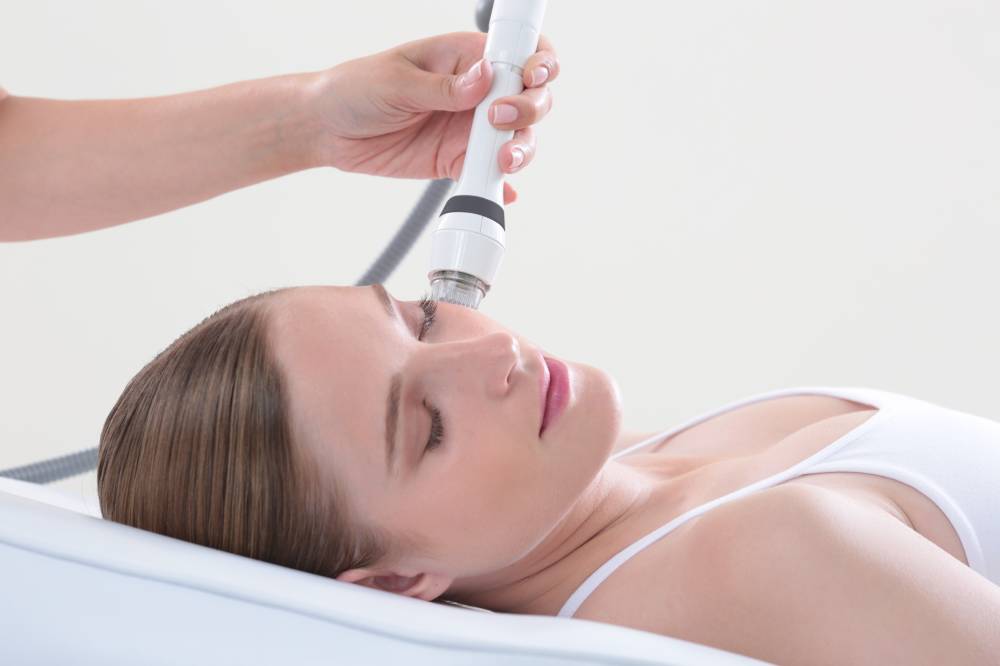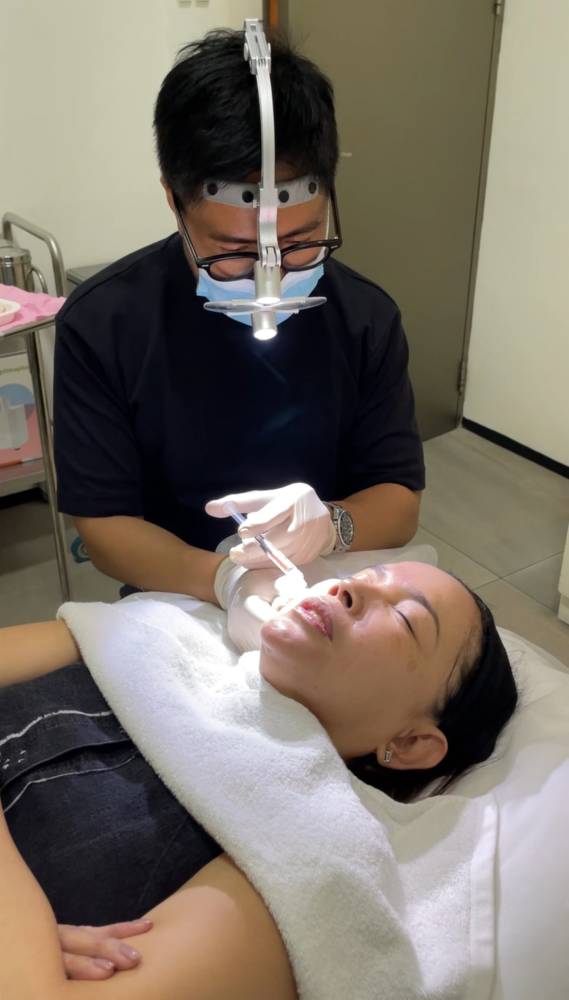Beauty science now favors natural-looking enhancements

A growing trend in cosmetic procedures emphasizes natural-looking enhancements. Patients increasingly seek subtle, harmonious results rather than dramatic transformations.
Plastic surgeon Arnel Quiambao, medical director of You + Intelligent Aesthetics, notes the rise of techniques such as gentler fillers to achieve these subtle effects. In skin rejuvenation, treatments such as radiofrequency (RF) microneedling fractional lasers are gaining popularity. The focus lies in stimulating collagen production and cellular renewal for youthful-looking skin without the need for invasive procedures.
Dermal fillers are no longer just for adding volume. The new version, called skin boosters, tackle a wider range of skin concerns, including visible signs of aging. These treatments involve injecting hyaluronic acid (HA) directly into the skin to improve its overall quality. Naturally occurring in the skin, hyaluronic acid is essential for maintaining its structure and volume. This molecule binds and holds significant amounts of water, keeping the skin moisturized and supple.
Dr. Quiambao explains that instead of injecting HA deeply into the skin to improve volume, it is injected superficially to hydrate the skin.
“Different companies came up with their preparations to address dry or dull skin, sometimes pigmentation,” he says. “There has been a shift. In the past, injecting fillers resulted in the ‘pillow’ face or the overfilled faces. There’s too much fillers on their cheeks, chin, or other parts of the face. The look was unnatural. The trend now is glowing skin—more hydration than volumization.”
The recommended protocol for the skin booster treatment is every four weeks for three or four sessions, followed by a yearly maintenance booster.
In the past, fillers were jabbed prodigiously, leading to puffy areas in the face or a stiff look. The new dynamic fillers target wrinkles and folds formed by repeated facial movements such as squinting, frowning, or laughing. These fillers are formulated to work with the facial expressions, providing a more natural and expressive appearance.

Robust fillers
“When you smile, they glide along the muscles. They do not stay in one place,” he says. He adds that aesthetic medicine offers more options for fillers. There are robust fillers that contain a higher concentration of hyaluronic acid that target the deeper layer of the skin. These address gaunt faces or sunken eyes or cheeks or improve the contours of the face.
Calcium hydroxyapatite (CaHA) fillers contain a biocompatible substance, found in human bones, that stimulates collagen production for long-lasting results. CaHA fillers provide subtle volume and lift, effectively smoothing deep wrinkles.
The new generation of fillers are anatomy-specific. “There are fillers just intended for the lips, for the under eye area, and the cheeks,” he says,
This multifaceted approach addresses a wider spectrum of skin imperfections and delivers a more tailored rejuvenation experience. Some clinics offer packages that combine procedures.
Dr. Quiambao cites different aspects of aging such as skin, muscle, fat loss, and cells that break down the bones in the face. “No single treatment can address the different aspects of aging. For instance, if you want glowing skin, there are treatments that address the dryness in the topmost layer. For volume loss, fillers are injected,” he says.
Skin rejuvenation hinges on neocollagenesis, the body’s process of creating new collagen. This crucial protein provides the skin’s structure and support. However, as we age, collagen production naturally declines, resulting in wrinkles, sagging skin, and a loss of elasticity. This has driven advancements in laser technology, with fractional lasers emerging as a breakthrough. By treating only a fraction of the skin at a time, these lasers minimize downtime and side effects.
New approach
A new approach called trifractional radiofrequency (RF) uses heat or induces controlled injury to trigger the body’s natural healing response. Microneedling, which uses the finest electrodes, creates tiny punctures in the skin for precise delivery of RF energy, prompting the body to produce new collagen to repair the microinjuries. RF employs heat on the deeper layer to stimulate existing collagen fibers to contract and encourage the production of fresh collagen. Another RF heat targets the upper skin layer, improving skin texture and firmness.
“The new technology is depth-specific and energy-specific,” he says. By stimulating the body’s natural production of hyaluronic acid, collagen, and elastin, this treatment enhances skin volume for a more youthful appearance.
Reels of plastic surgeons analyzing enhanced faces of Hollywood celebrities have created the resurgence of facelifts.
Dr. Quiambao cites the Deep Plane Facelift as the most advanced facelift technique available. Unlike traditional methods that focus on tightening the skin, this procedure repositions deeper facial tissues, including muscle and connective tissue. It results in a more natural and longer-lasting lift, providing patients with a refreshed look.
He observes that Caucasians show aging signs earlier because their skin is thinner, while Asians generally have thicker skins.
“Younger people (40 and below) tend to be early adopters of facelifts in the US. Here, patients who undergo facelifts are under 70,” he says. He has turned down prospective mature patients after seeing that their faces are still holding up. These individuals seek consultations with American surgeons who likewise tell them they don’t need it yet.
Protective skin barriers
Many beauty enthusiasts are drawn to potent skincare products, seeking strong retinols and high concentrations of acids to quickly address concerns such as acne, wrinkles, and dark spots. However, this aggressive approach can often backfire, leading to over-exfoliation and leaving skin irritated and compromised.
This has led to a growing emphasis on skin barrier health. The focus now is on nourishing and hydrating the skin to support its natural defenses instead of solely addressing existing concerns.
“This has always been the mantra, because our skin needs protection to retain its natural moisture. We don’t want to lose it. Skin barrier protection ensures that the skin’s natural moisture is preserved by avoiding excessive exfoliation and minimizing the use of products that strip away oils and water. You must protect it first through prevention. Avoid harsh ingredients, excessive exfoliation, and over-cleansing, as these processes deplete the skin’s natural moisture,” says Dr. Quiambao.
Water and lipids are retained by using moisturizers and humectants, which are designed to preserve the skin’s natural moisture.

















